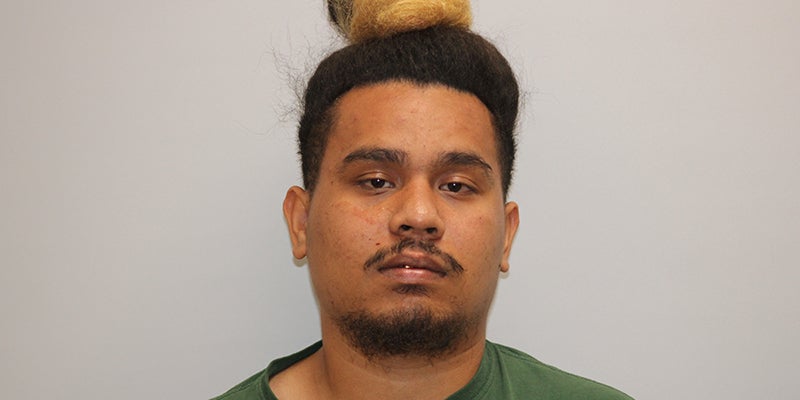Finding Balance: Use of yoga and breathing exercises helps grow learning
Published 7:01 am Saturday, March 7, 2020
In a Sumner Elementary School room Thursday morning, School Social Worker Maureen Noterman let second grader Obe Gbordoe pick the next yoga pose. Moments later, Noterman and the class were doing Warrior 2.
Just a couple weeks earlier, Neveln Elementary Principal David Wolff was getting students centered and mentally prepared to take part in a school assembly. The ringing of a bell, followed by deep breaths put these students in a position to receive.
While not a yoga studio by any means, Noterman is employing some of the techniques one may find in a yoga studio to help prepare students for learning as well as assisting them in confronting situations that are detrimental to learning.
“It offers students the opportunity to move and refocus before and after learning,” said Sumner Principal Sheila Berger. “Students who are tired, excited, anxious, angry can use yoga to recenter and get back to work on school.”
Noterman first brought this idea to Sumner six years ago. Three years ago she introduced it to Neveln. While she hasn’t taken up yoga herself in a personal capacity, she did recognize the benefits and potential value to students.
“It wasn’t a personal practice I had,” Noterman said. “It was more about helping the kids self regulate and feel better.”
The idea of yoga fit nicely into the growing scheme of healthy living in the schools. At Sumner on Thursday, Noterman spoke briefly with students about the coronavirus and the need for cleanliness. The students proved aware and eager to take part. It should be noted that this came after five different yoga poses the students took part in.
“Yoga can calm. It makes you feel better,” Noterman said.
Ultimately, this clearer sense of mind leads to renewed openness to learning, especially when it comes to the introduction of new material.
Being in a receptive state has helped students, especially those storing excess energy, better retain that information when it’s introduced.
“Students are very eager to learn new things, especially ones that include movement,” Berger said. “Students frequently lead the class in yoga and have become quite good at knowing which poses are which.”
That is key because it shows an acceptance of the process, something the Berger admits was a bit of a concern when it was first started at the school.
“At first it seemed odd to stand up in class and do a yoga pose, but the more we all did it, the more normal it became,” Berger said. “Students have shared how they have convinced their families to breathe and do yoga when they are upset.”
That last note is another key way that yoga is acting as a resource.
Both Berger and Noterman recognize that students are often dealing with issues that are far more grown-up than they are used to; traumas that can impact their learning and their mental wellbeing.
“We talk about kids that come with trauma and how do they get calm?” Noterman said. “There needs to be a mindfulness of that and part of that is where yoga comes in.”
Oftentimes those outside traumas contribute to incidents of lashing out, either at teachers or classmates, and the key to defusing that is getting students to a state of calm.
That can start with something so simple as the breathing Noterman teaches when meeting with students. The act of deep breaths in and long breaths out sets off the part of the brain that is required for calm decision making.
“We know what neuroscientists have told us. We know deep in our brain is our amygdala, where our fight or flight center is,” Noterman said. “If that’s charged we don’t think deeply. That’s why we take that deep breath.”
A technique of reaching that point is waiting the charged student out. Let them come to that point on their terms. Yoga helps that methodical process of calming.
“We have seen it over and over again with our kids and Neveln too,” Noterman said. “You wait them out, give them some time to take deep breaths, their brain is engaged and they make better decisions.”
The overall impact has been incredibly positive and the idea of employing yoga seems to be spreading.
“Many schools have implemented several social-emotional strategies,” Berger said. “And yoga is just another tool in our toolbox. Once can never have too many tools.”
Added to that — schools always get the best out of their students when they are just feeling good.
“The bottom line is that it feels good,” Noterman said. “It gets you more in touch with your body. “If they are feeling angry … what they can do is rather than take it out on others when they break down they can get back to work.”













